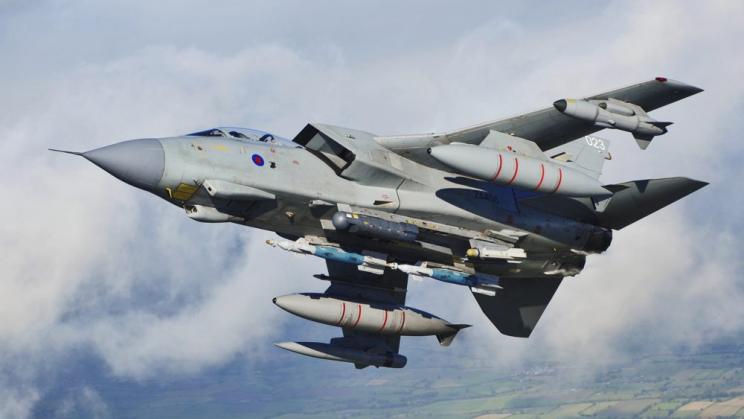
A new report by SIPRI for the Campaign Against Arms Trade (CAAT) highlights the 'huge overall level of government support, protection and direct and indirect subsidy that the arms industry as a whole receives.' It says that arms export subsidies and support offered by the government of the United Kingdom are matters of industrial policy choice, 'rather than based on cost saving.' The report says that export subsidies are symptomatic of a desire to maintain the domestic arms industry, even if internal procurement is more expensive than opening up to international competition.
Government support and protection
The report argues that export subsidies are only a small part of the overall support and protection which the government offers the arms industry, including:
- Shielding from foreign competition for many key arms purchases
- Government funding of Research & Development
- Government absorption of most of the risk of cost overruns on major programmes
- Major political influence through a ‘revolving door’ with the Ministry of Defence (MOD) and policy influence through high-level advisory bodies
- Protection from corruption investigations in relation to export deals
- Intense lobbying by government ministers up to the Prime Minister for export contracts
Identifiable subsidies
The report estimates that the government provides between £104–£142 million annually in specific, identifiable subsides for arms exports. These consist of:
| UK Trade & Industry Defence & Security Organization | £3.4 million |
| Defence Assistance Fund | £7.6 million |
| Cost of export promotion work by Defence Attachés | £3.4–17.4 million |
| Other govt. support, e.g. lobbying by Prime Minister | £10 million |
| Net subsidies for Export credit Guarantees | £49–73 million |
| Distortion of UK procurement priorities to help exports | £40 million |
| Subtract Commercial Exploitation Levy | -£9.5 million |
| Total | £104–142 million |
The argument that arms exports save the MOD money through lower unit costs for its own procurement, according to the report, ‘is severely weakened by the fact that the MOD acts as the lead customer for most of the largest projects, where future prospects will be highly uncertain, and by the bespoke nature of systems sold to each customer.’ The MOD may decide to ‘buy British,’ despite a foreign design offering better value for money, to help a company sell the system in question to a foreign buyer.
The report builds upon previous works that assess UK Government subsidies to arms exports, including The Subsidy Trap (2001), Escaping the Subsidy Trap (pdf) (2004) and SIPRI assessment of UK arms export subsidies for CAAT (pdf) (2011).